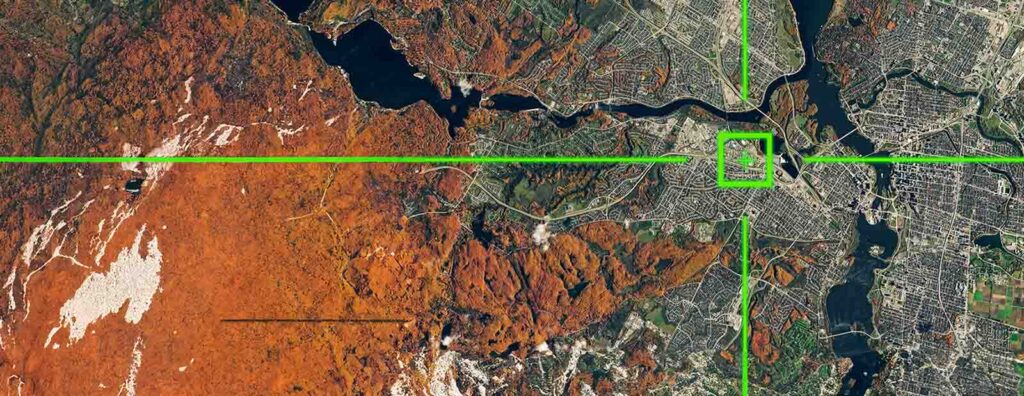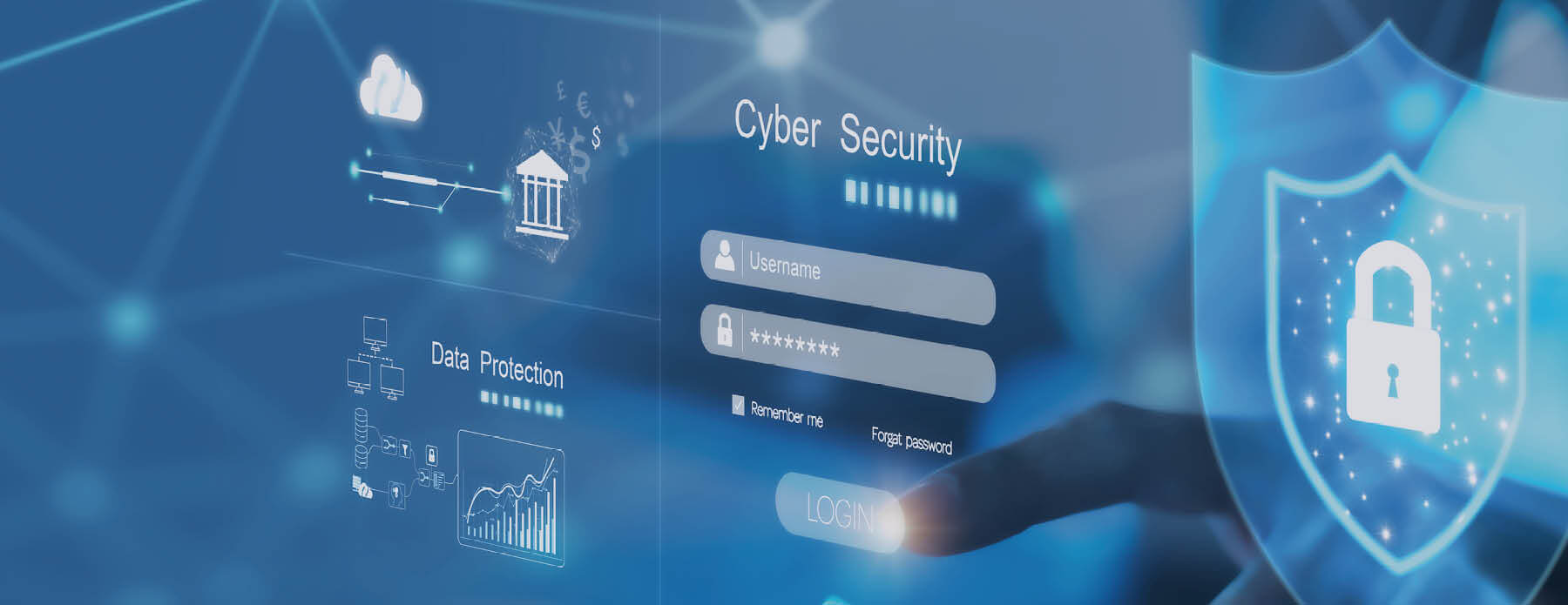In a groundbreaking study led by the University of Buffalo, researchers have unlocked a novel application of ChatGPT and large language models in aiding first responders during natural disasters. The study, detailed in a University at Buffalo news release, demonstrates how artificial intelligence (AI) technologies can be trained to recognize specific location information from social media posts, a critical component in emergencies.
ChatGPT, initially recognized for its language capabilities and controversial potential uses, has been repurposed to serve the greater good. By integrating ‘geoknowledge’ into the AI models, the researchers significantly improved location recognition accuracy over traditional models. This development optimizes social media data use in emergency services and opens new avenues for AI applications for societal benefits.
“While there are a number of significant and valid concerns about the emergence of ChatGPT, our work shows that careful, interdisciplinary work can produce applications of this technology that can provide tangible benefits to society,” adds co-author Kenneth Joseph, PhD, assistant professor in the UB Department of Computer Science and Engineering.
The research, supported by the National Science Foundation and published in October’s issue of the International Journal of Geographic Information Sciences, highlights the importance of interdisciplinary collaboration and the human touch in guiding AI technologies. With the possibility of extending this method to newer GPT models, the study paves the way for AI to assist emergency managers, allowing them to focus on their expertise in saving lives while AI handles more labor-intensive tasks.
“This use of AI technology may be able to help first responders reach victims more quickly and even save more lives,” says Yingjie Hu, PhD, associate professor in the UB Department of Geography and lead author of the study.
Generative AI is proving to be a powerful tool in emergency response and management. With the ability to quickly generate large amounts of credible and relevant information, emergency personnel and managers can make informed decisions and take appropriate actions in critical situations. Technology can help predict the severity and duration of disasters, identify areas at high risk of danger, assist in rescue operations, and assess real-time emergency data faster, creating more efficient and effective response times. The potential impact of this technology on the safety and well-being of individuals and communities cannot be overlooked.



